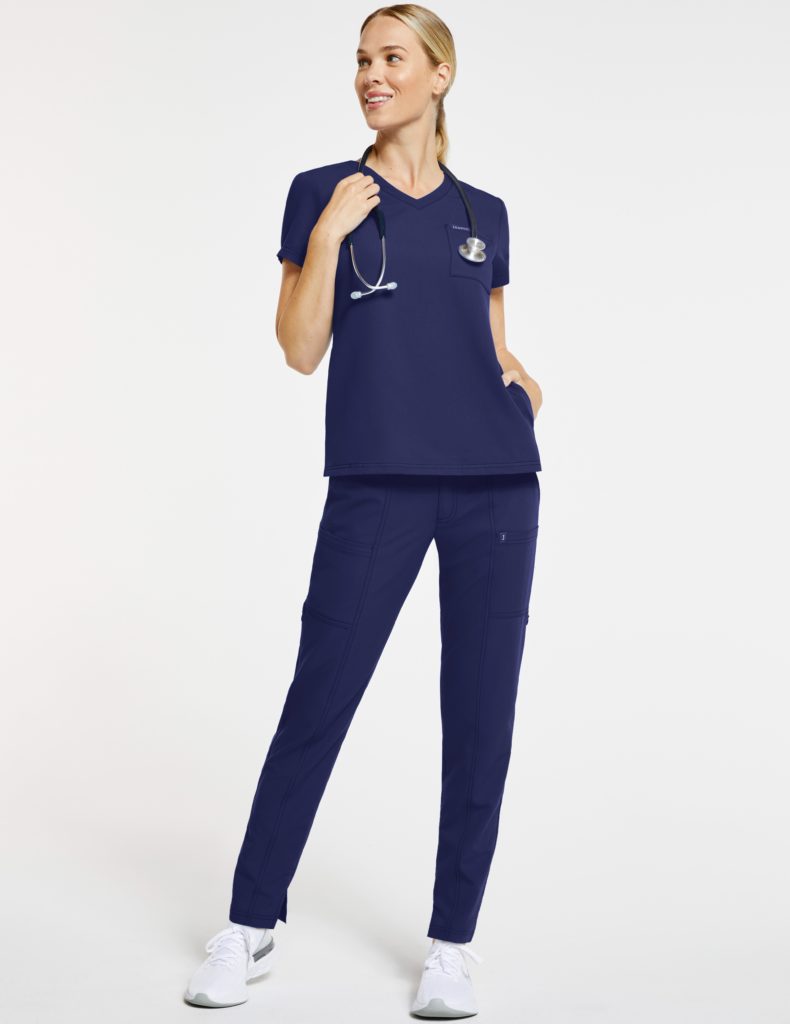Medical and nursing schools are expensive, and if you’re contemplating the reality of going into debt to pursue your dream as a healthcare professional, you’re not alone. Many healthcare professionals face this challenge, but their efforts never go unnoticed. That’s why we have student loan forgiveness for healthcare workers.
As a medical professional, you serve your community. Loan forgiveness for healthcare workers recognizes this effort and pays you back for it. Think of this as society’s way of giving back to you for all your hard work.
While not all doctors and nurses are eligible for healthcare worker loan forgiveness, that doesn’t mean it’s a possibility that’s not worth exploring. It’s also wise to start out with a student loan payment plan. That said, let’s do the numbers:
How much do medical school and nursing school cost?
There’s no single answer for how much medical or nursing school will cost, especially when you factor in financial aid and scholarships. While several low-cost and free programs exist, most tuitions cost thousands, if not hundreds of thousands, of dollars (we’ll provide some averages below).
Medical school
Traditional medical schools (even public institutions) cost more than $200,000 over four years. As public institutions receive subsidies, tuition is often less expensive for in-state students, costing them around $50,000 annually on average. Private institutions come in at approximately $60,000 annually.
Nursing school
The cost of nursing school also depends on whether it’s a public or private institution. At a public school, tuition may start at around $9,000 annually, while private schools may cost as much as $35,000 per year.

What are the advantages of loan forgiveness?
As a nurse or a doctor, you serve others every day, but your clinical training set you back a fortune. However, while you may earn a decent salary, it can be difficult to feel like you can’t reach your financial goals or live the lifestyle you’d like because you’re busy paying off your student loans. So, the benefit of loan forgiveness is clear: It takes a heavy financial weight off your shoulders.
So how does loan forgiveness for healthcare students actually work? The U.S. Department of Education offers low-interest, direct loans that are later eligible for income-based repayment plans, including a forgiveness stipulation. After a certain number of years of making income-based payments, your education loans may be forgiven. This is especially true for public service professionals. Several additional forgiveness programs reward medical workers doing specific work (usually focused on a population in need). Below, we’ll explain the ins and outs of these opportunities.

What are some healthcare worker student loan forgiveness programs?
The first step to getting your loans forgiven is doing a little research. As a medical professional, you’re probably very good at that. Determine what types of loans you currently or will have, and use our guide below as a starting point for finding entities that will forgive the types of loans you have and under what terms.
Public Service Loan Forgiveness (PSLF)
If you have direct subsidized loans, direct unsubsidized loans, direct PLUS loans or direct consolidation loans (all federal student loans, not private student loans) and work for a non-profit institution or governmental agency, you may qualify for public service loan forgiveness. For the PSLF program, you will have to make a minimum of 120 qualifying payments toward eligible loans, but the good news is that these monthly payments will be proportional to your income.
NHSC Nurse Corps Student Loan Repayment Program
The National Health Service Corps (NHSC) has a special loan repayment program for registered nurses (RNs), advanced practice registered nurses (APRNs) and nursing professors. Through this program, professionals who work in settings that demonstrate critical need or give classes at accredited programs for a minimum number of hours a week can have up to 85% of their student loans forgiven.
National Institutes of Health (NIH) Loan Repayment Programs
It pays to specialize. Researchers who study biomedicine or bio behaviors are eligible for loan forgiveness of up to $50,000 annually. To be considered, you must be a doctor (not limited to physicians but all professionals holding a doctorate), and your student loan debt must be proportional to at least 20% of your salary.
Centers for Disease Control and Prevention (CDC) Epidemic Intelligence Service Program
We all greatly appreciate the importance of frontline healthcare workers and medical research experts working to fight outbreaks after the onset of COVID-19, including the CDC. In this loan forgiveness program, physicians, nurses, veterinarians and pharmacists can complete a two-year fellowship in which they research issues related to epidemiology and public health. As a perk, they’re eligible for up to $50,000 in loan repayment annually.

Other programs
As far as other programs go, we recommend checking with your state. Many offer loan forgiveness for doctors and nurses who dedicate their time to helping communities in critical need or working in areas with a shortage of healthcare professionals.
And don’t forget to stay up on what’s happening in Congress. For example, in 2022, the Student Loan Forgiveness for Frontline Health Workers Act was introduced to the House of Representatives, so more savings opportunities may come your way soon. Keep checking the White House website for updates.
At Jaanuu, we recognize and thank you for your efforts. We proudly aim to support you in every way we can, whether with literally supportive compression wear for long hours on the job, discounts for students or information on how to live better and make the most of your earnings as a healthcare worker.

